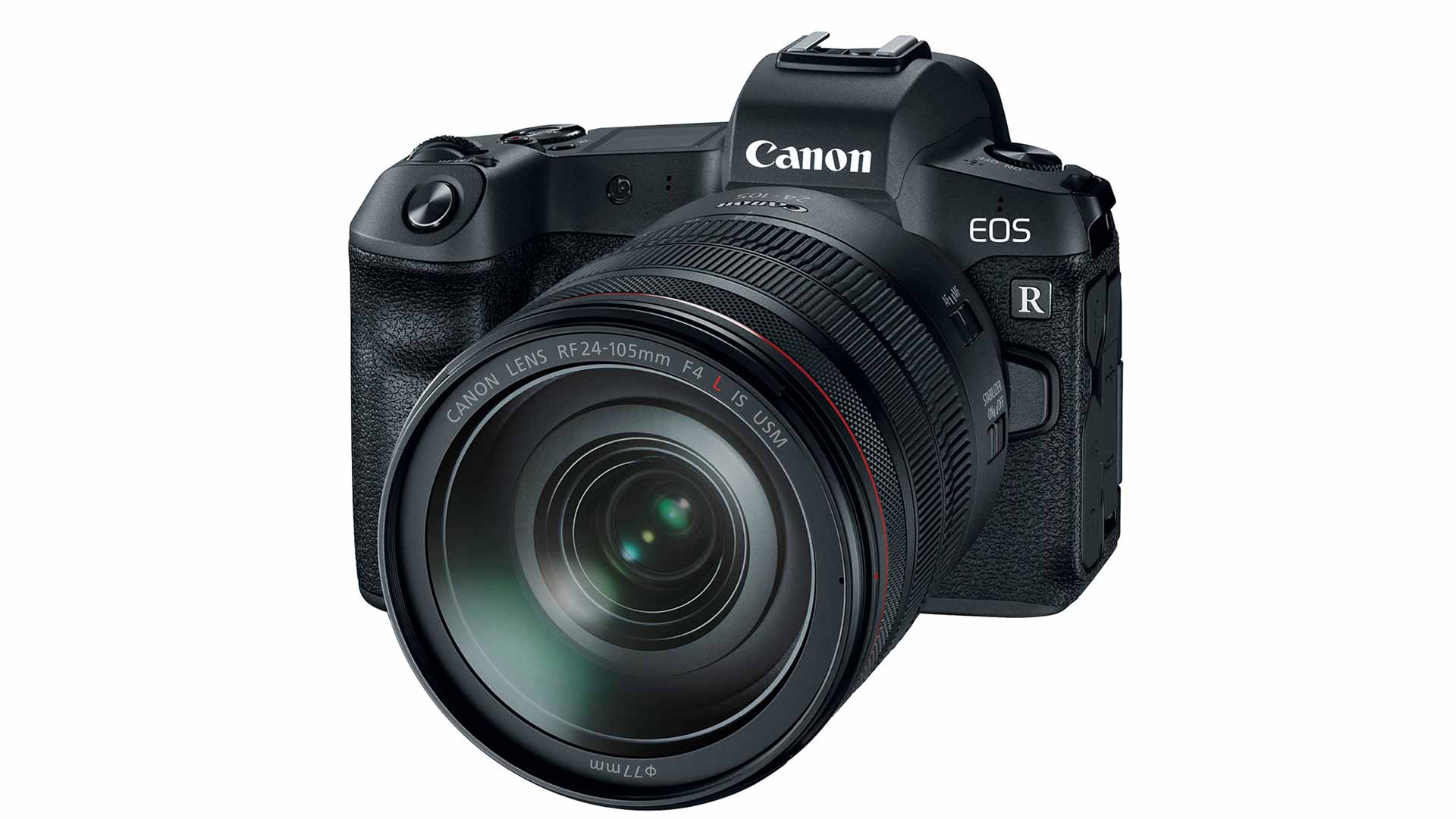Canon's EOS R, Fujifilm's X-T3 and Nikon's Z 6 and Z 7 All Record Out to Atomos Ninja V 4K HDR Monitor/Recorder
As the arms race in mirrorless cameras heats up — led by Sony, which was an early proponent of the technology with its Alpha A7R and A7S cameras — the smaller, lighter DSLR alternatives are becoming more numerous and fully featured. That’s never been more apparent than it is right now, with new models from Fujifilm as well as mirrorless newcomers Canon and Nikon taking pains to appeal to video shooters as much as they do to still photographers.

Nikon’s Z 6 mirrorless camera (left) can send 10-bit 4:2:2 4: video to the Atomos Ninja V
Nikon/Atomos
That’s been good news for Atomos, which celebrated Nikon’s announcement last month of its new Z 6 and Z 7 mirrorless cameras by declaring that they were the first in the world to allow 10-bit full-frame 4K 30p video recording to Apple ProRes and Avid DNx formats. Yes, other mirrorless cameras output 4K, but with certain limitations. For example, Sony’s full-frame cameras output only 8-bit, and Panasonic’s 10-bit-capable GH5 uses a micro-four-thirds sensor (17.3mm x 13 mm) rather than full-frame.
Nikon’s Z 6 and Z 7 use N-Log gamma to support HDR recording, and Atomos has already developed presets to convert the footage for display in HDR.
The Z 7’s backside-illumination full-frame (35.9mm x 23.9 mm) CMOS sensor has 45.7 effective megapixels with an ISO 64–25600 range, while the Z 6’s sensor has 24.5 effective megapixels and supports ISO 100-51200. The Z7 also boasts 493 focus points compared to 273 on the Z 6, with both covering about 90 percent of the imaging area, Nikon said.

Nikon Z-Mount lenses
Nikon
Along with the two cameras, Nikon debuted three new Z-mount lenses — the NIKKOR Z 24-70mm f/4 S, NIKKOR Z 35mm f/1.8 S, and NIKKOR Z 50mm f/1.8 S — with control rings designed to allow smooth and silent adjustment of aperture and exposure compensation settings.

Canon EOS R mirrorless camera
Canon USA
Canon jumped into the mirrorless fray this week, announcing the EOS R, its first full-frame mirrorless model. It also offers 10-bit 4:2:2 4K 30p output via HDMI, with Canon Log and BT.2020 color space for HDR acquisition. Atomos said Canon Log can be converted into “10.5-stop HDR” in real time, with recording taking place to ProRes or DNx formats.
Canon Technical Advisor Rudy Winston introduces the Canon EOS R camera, its basic features and control layout, and the types of photography it’s well suited to.
CanonUSA/YouTube
The EOS R has a 30.3-megapixel full-frame (36mm x 24mm) CMOS sensor driven by the company’s Digic 8 image processor with available ISO of up to 12800 in 4K shooting mode. Canon said its dual-pixel autofocus system has a maximum of 5,655 autofocus points.

The Canon EOS R system, including RF lenses and four types of mount adapter
Canon Global
Canon also announced four new RF lenses to go with the EOS R camera system, including three L-series lenses: the RF 28-70mm F2 L USM, RF 50mm F1.2 L USM, RF 24-105mm F4 L IS USM and the RF 35mm F1.8 MACRO IS STM. Four RF mount adapters will also be available, allowing the use of existing EF and EF-S lenses with features like autofocus, metadata, and optical image stabilization intact.
No wonder Fujifilm came out swinging this week, positioning its new X-T3 mirrorless camera — which can output 4K at up to 60p — as a filmmaking machine. The X-T3 launched alongside the trailer for a promotional short directed and shot in 4K by Matthew Libatique, ASC.

Fujifilm X-T3
Fujifilm
The X-T3 supports 10-bit 4:2:0 4K 60p on-board recording to SD card as well as 10-bit 4:2:2 4K 60p recording via HDMI output to an external device. Atomos said it has been working with Fujifilm to support the camera’s F-Log gamma as well as native HLG — which Fujifilm said will be added in a firmware update by year’s end — for integration with HDR workflows. 4K HDMI output can take place simultaneously with SD card recording, Fujifilm said.
What’s the catch here? Only that it’s not a full-frame camera. The X-T3 features a 26.1 megapixel back-illuminated CMOS sensor in the smaller APS-C form factor (23.5mm x 15.6mm) along with a quad-core imaging processor. Fujifilm also said it has implemented new noise-reduction features, including an interframe function that analyzes differential data in adjacent frames to separate noise from picture info. The company estimated these new features reduce noise at ISO 12,800 by the equivalent of about two stops.
Matthew Libatique directed and shot “A Different Beyond” with the Fujifilm X-T3.

Fujifilm MKX18-55mmT2.9 and MKX50-135mmT2.9 cinema lenses
Fujifilm
Of course, serious shooting requires serious lenses, and Fujifilm also noted that the recently released Fujinon MKX18–55mmT2.9 ($4,000) and MKX50–135mmT2.9 ($4,300) full manual cinema lenses are compatible with the X-T3’s X Mount.
Bottom line? It looks like 10-bit 4K output is the new normal, maybe even at 60p if Fujifilm has its way. Look for these mirrorless devices to grab a lot of attention at IBC — and set the new bar for 4K video from Sony’s mirrorless line-up.